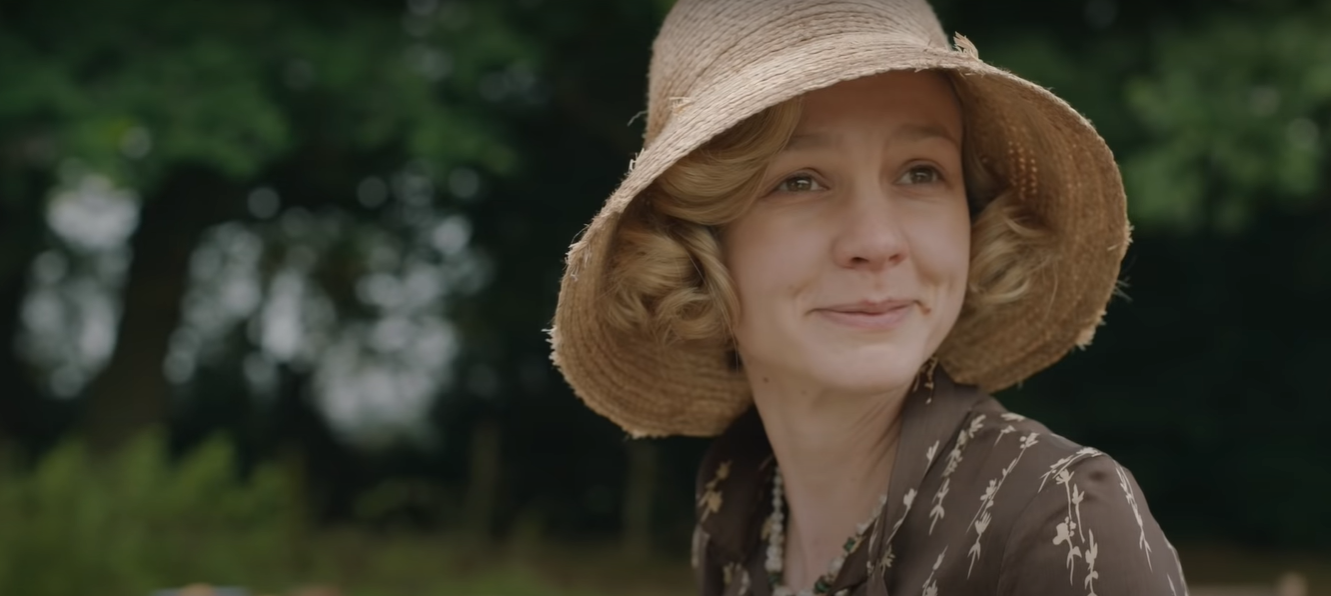

Stone proves to be an unexpectedly ideal match for the material – like Peter Weir and Warwick Thornton, he has a distinctively Australian feel for a landscape’s mystery and strangeness, and scenes that could have easily been postcard-pretty have a slightly dreamlike texture that catches you off guard.

The Dig was adapted by Moira Buffini from a 2007 novel by John Preston, and directed by Simon Stone, the one-time enfant terrible of Australian theatre. But as Basil observes, the past can be a steadying influence – it’s the stuff each of us is rooted in, whether we know what’s down there or not. This moving and beguiling period piece about the Sutton Hoo excavations arrives at a time when the weeks and months ahead are clouded by uncertainty. “It speaks, dunnit?” Ralph Fiennes’ Basil says to Carey Mulligan’s Edith in The Dig, as he makes his initial survey of the burial site. Just as the nation’s future became obscured by shadow, a shaft of light was suddenly thrown on its distant past. It’s no overstatement to say their discovery changed our understanding of what Britain had been, and therefore by extension, what it is.

The tomb lay undisturbed for more than a thousand years, until the field’s widowed owner, Edith Pretty, enlisted a local self-taught archaeologist, Basil Brown, to see what lay inside. Its occupant had been buried in the belly of an 89-foot ship that had been hauled up from the nearby river, sunk into the soil up to its rim, then covered over by an earthen mound. In the summer of 1939, as a million British soldiers prepared for war, a grave was found in a field at Sutton Hoo in Suffolk.


 0 kommentar(er)
0 kommentar(er)
